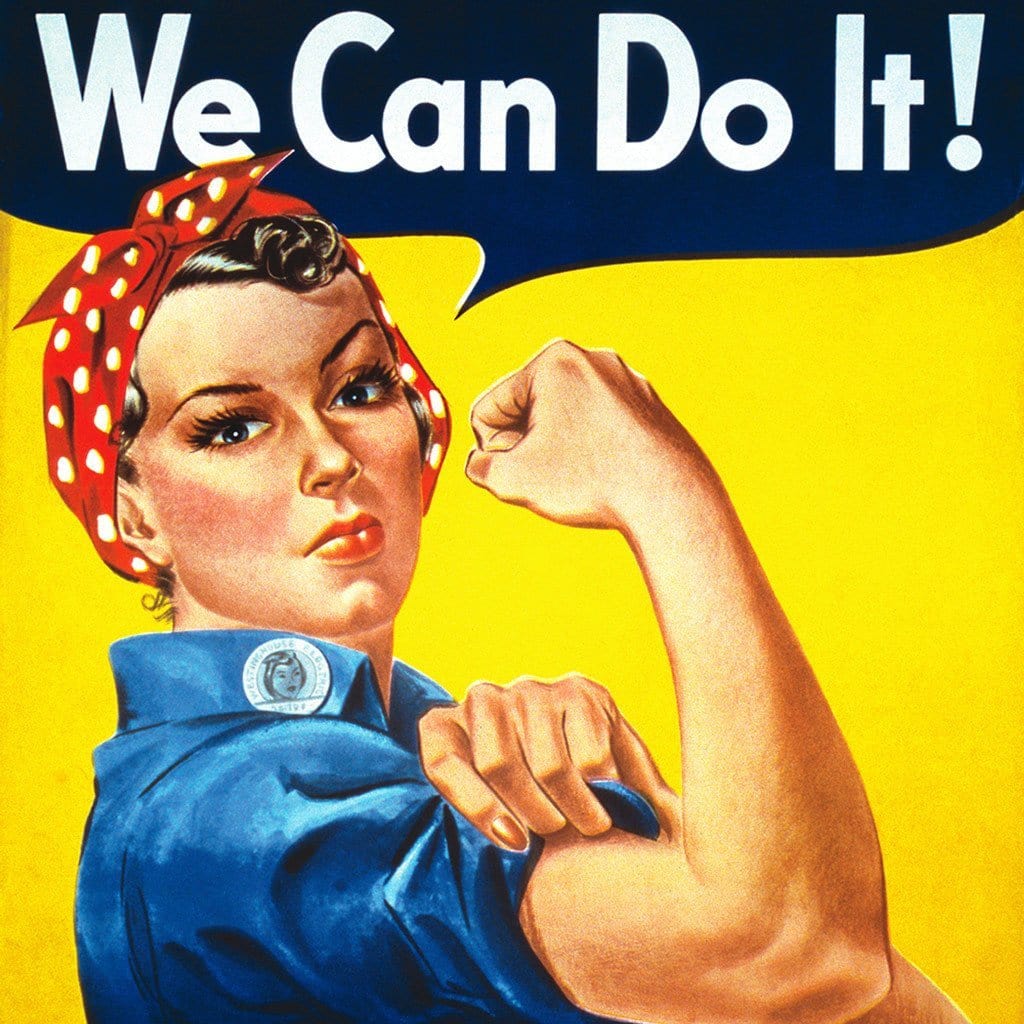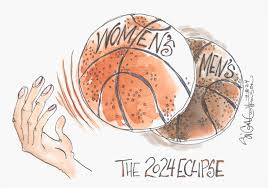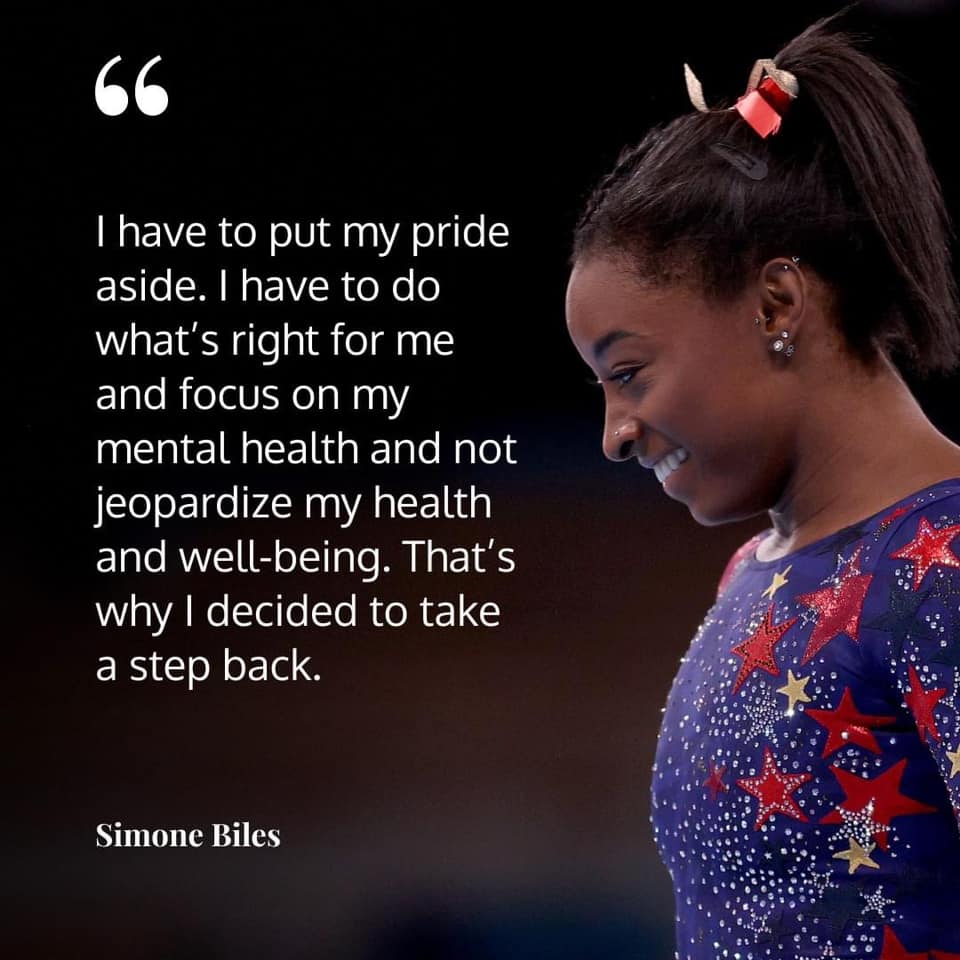1
Section One: The Fundamentals
A) What do we know about sport? What are common assumptions we make about sport and society?
| Sport may not always reflect everyones diverse social norms and values of all individuals and communities. How people view and interact with sports is influenced by a variety of cultural backgrounds, social circles, and individual experiences; what is deemed appropriate or significant in one setting may be viewed as problematic in another. Furthermore, some sports may reinforce hierarchical power structures, gender stereotypes, or exclusionary practices that are incompatible with everyone’s views on equality, inclusiveness, and justice. Furthermore, certain individuals or groups might not value the aggressive, competitive, or individualistic elements of sports, favouring instead cooperative, mindful, or holistically oriented activities. Therefor, sports do not always reflect social norms and values. |
Exercise 3: Notebook prompt
What are some other metanarratives about sport that you are familiar with? Find an image or video clip or draw something yourself that captures this idea…
So what? Why does any of this matter? Does it matter? As something we grow up with – live with – play through – we don’t often interrogate the meanings of sport, and perhaps we don’t want to.
But being aware of these assumptions and metanarratives is especially important, I would argue, because of the centrality of sport to our everyday lives, the role that sport plays in shaping our childhood and worldviews and….. [finish that thought]

The Pursuit of Excellence is a metanarrative I am most familiar with. The value of striving for excellence, achievements personally and in a team, and pushing your limits is something that I believe is key in sports and in life in general. The Pursuit of Excellence is essential because it embodies the essence of development, discipline, and human potential. Athletes who strive for excellence are pushed to go beyond their comfort zones, which promotes both individual and team success. It fosters an attitude of constant progress, in which failures are viewed as opportunities for learning and all efforts are directed toward achieving greater performance levels. The pursuit of excellence in sport is more than just winning; it’s about pushing the limits of what the human body and mind are capable of, encouraging others to follow suit, and leaving a legacy of determination, perseverance and self-mastery. Being aware if these assumptions and metanarratives is especially important, I would argue, because of the centrality of sport to our everyday lives, the role that sport plays in shaping our childhood and worldviews is massive. As someone who has lived the life of an athlete, I can vouch for the significant influence sports have on forming people’s worldviews and on children’s development. I can vouch for the significant influence sports have on forming people’s worldviews and on children’s development because I have lived the life of an athlete. Sports offer us priceless life skills from an early age that go well beyond the playing fields. They instill discipline, resilience, and the capacity to work persistently and intently toward goals. Competition teaches us to respect others regardless of their background or ability level and to deal with both success and defeat. Sports create a feeling of community and belonging, which frequently serves as the basis for networks and connections that last a lifetime. Sports offer a powerful lens in which we learn qualities that shape not only our childhood but our worldviews as adults.
|
B) What is social justice?
Exercise 4: Padlet Prompt
Think back to the last section and try to look at some of the ideas we discussed differently. How might sport and social justice actually co-exist?
Record any images, video clips, or gifs you added to the padlet and identify a point of intersection between sport and social justice (can be an issue or a barrier or a debate or something you would like to explore in more depth in this course) . Screenshot or paste in your response below.
| Advocacy/Activism in Sport
Simone Biles is consider to be the best gymnast in the world. At the 2020 olympics after warming up on vault she ended up dropping out of the competition due to her mental health. She has what is called the “twisties” which is when a gymnast is in the air and does not have that mind body connection and not knowing where they are in the air, this can create for serious physical injuries. After the olympics Simone used her huge platform to advocate for mental health. By sharing her story, Simone made mental health issues in sports less stigmatized and demonstrated that self-care is just as important as physical ability. By highlighting the value of mental health as a human right and advocating for a more accepting, caring attitude to athletic performance, this initiative connects with larger social justice movements. Simone’s bravery in speaking out about mental health has sparked conversations about how social pressures, especially those faced by marginalized groups/athletes, can impact wellbeing. In the end, this has connected mental health to the greater struggle for equality, access, and the dismantling of harmful expectations in sports and other fields. |
C) Social Justice Reading
(note: this activity is optional!)
D) KINESIOLOGY AND SOCIAL JUSTICE
Exercise 5:
Exercise 6:
What are the implications of bodies-at-risk discourse and the refusal to understand the health gap from a social justice perspective, according to the authors of this article?
| The health gap between the white middle class and upper class, ethnic minority groups, and those living in poverty is widening as a result of worldwide trends in health disparities that increasingly affect members of marginalized groups. They are increasingly being identified as a “problem” population. The current neoliberal mentality produces a free-market attitude that turns health into a commodity. However, healthism obscures and glosses over concerns of privilege, discrimination, and societal inequalities that subtly affect bodies-at-risk under its current imperatives, which place an emphasis on personal responsibility, individual choice, and moralized activities. The inability of bodies-at-risk to exercise self-control and self-responsibility to maintain their health and fitness is therefore blamed on them (Harrison Jr, 2021). With the intention of disciplining, monitoring, and controlling the health of oppressed groups, the new global economies predict a uniform kind of healthism that employs statistical evidence to produce a corporate model of health for everyone, while subtly upholding whiteness as the dominant culture. Social justice scholars have warned that the bodies-at-risk narrative, which is framed by deficit thinking, preserves whiteness as the standard, dangerously reclaims race in negative terms, and acts as a master narrative to promote corporate involvement in order to create a mainstream consumption of health and fitness.
|
Section Two: Sport Feminism
Exercise 7: Notebook Prompt
What is feminism? What does it mean to you? Choose one of the images below and explain how it captures your understanding of feminism (or find one that does speak to you and paste this into your pressbook with an explanation of why it matters to you.

Feminism to me means advocating for women’s rights, equality/equity for women and giving women opportunities. Although I am a woman, feminism does not mean much to me. I find that sometimes feminism today is more of attempting to advantage women at the expense of men and hating on men. As of 2025, there is still inequalities between men and women but there is a much smaller gap. My opinion is not that all feminist hate men and that women have to much advantage at all because I do believe in equality and equity. I just think that we have to consider the progress that has been made over the years and how stereotypes can affect men and women, like the stereotype that women are to be at home, cooking, cleaning and nurturing. This stereotype, while it can be discriminating to women, can also confine men to work, look down on if they take care of the children/stay at home dads. When I see this photo I see a powerful demonstration of early feminism. I think the intention at the time was to encourage women to enter the workforce and fill positions that had previously been filled by men. In a world where men predominate, the image represents women’s ability to work hard, be resilient, and be empowered—qualities that are frequently denied to them. I see it as a turning point when society began to acknowledge the strength and unrealized potential of women. It seems like a quiet but unquestionable statement of independence, implying that women might not only “do what was asked of them” at the time but also question the roles and restrictions imposed upon them. That makes it seem like an early stage of feminist consciousness, one that saw the need for and viability of women’s equality. |
Exercise 8: Notes Prompt (optional)
NB: Cornell notes is a great resource that teaches effective notetaking. Unfortunately, our system can’t save notes taken in the H5P app, so this is fully optional.
Exercise 9: Crossword Activity
Exercise 10: Padlet Prompt
| Liberal Feminism: autonomy, equality, legal reform, freedom, opportunity, socialization
Socialist Feminism: gender, class, race, economic oppression Radical Feminism: patriarchy, power, separatism, sexuality, heterosexuality, male domination Marxist Feminism: capitalism, patriarchy, systems of power, exploitation Black Feminism: race, intersectionality of race and gender, oppression, Radical Feminism (Sports): women’s involvement in sports is controlled and constricted through clothing, heterosexuality, underrepresentation in decision making and leadership positions, essentialism
|

|
I think that women’s sports are being taken more serious and becoming more well-known. Although, I believe Angel Reese and other women basketball players are tearing down other women within the sport exacerbating stereotypes. Caitlin Clark has definitely put womens basketball on the map, but other women like Angel are tearing her down on social media and on the court due to her skill. I think this may cause women’s sports to fall off the map again as we are tearing down what took so long to build. Another huge shift in women’s sports is hockey. The PWHL is something every woman hockey player has dreamed of including me. The attendance and media for the PWHL continues to sky rocket. There was a recent game in Vancouver where there was more attendance then any Vancouver Canucks game. In the games, media, etc we can see the women supporting each other even with the competition. The PWHL has received a incredible amount of positive feedback and incredible turnout while giving young girls have something to strive for and look up too. Thus, I believe women’s sports are finally receiving the coverage and discussion they deserve.
|


